Introducing the Band
My Singing Monsters is the debut board game from Big Blue Bubble, a Canadian gaming company. The namesake of this game, My Singing Monsters, is their hugely successful mobile game in which players collect and breed cute and cool monsters across various islands and create sweet music with them. To aid in the expansion of the My Singing Monsters world Big Blue Bubble approached designers Jay Cormier and Sen-Foong Lim to take on the task of making a game that would work with their audience. Jay and Sen have worked on many other board games together including Mind MGMT, Junk Art, Rock Paper Wizard, and Akrotiri (just to name a few). You can also read the accompanying interview I did with Jay and Sen.

Scoring Your Musical Score
Players start the game with a musical score sheet. There are blanks on these sheets in black and grey. Players must fill the black spaces on their sheet to score points; however, if players choose to fill in all the notes (black and grey) on their sheet they can retain their card and score it for an extra point later. To do this players need to acquire the correct element tokens that correspond to the elements on their element strip/monster character sheet. Elements are gathered when a monster is placed on one island/game board. My Singing Monsters can be set up with one to five islands/ game boards. Since there are monsters that start on the boards players must consider how the monster they place will affect breeding and filling the score sheet.

One of the most fun and tense parts of My Singing Monsters is the scoring. Players trade in their cards for points to advance their monster down the scoring track. However, My Singing Monsters is unique because of the jump mechanic in scoring. Players want to time their scoring so they can land on the same space as other players and jump ahead of them by one.
Games in My Singing Monster are generally pretty close, making it a tense game with a colourful exterior. When the first player crosses the finish line that means everyone else gets one more round and then it is game over. This gives players an incentive to crawl as close to the finish line as possible before scoring big. Surprise endings can happen: if someone isn’t paying enough attention to the players around them then their victory can be taken away. I had this experience myself when my husband got to the finish line first but was gambling on me not being able to score enough points in one turn. Through some clever action taking, I was able to beat him by a couple points.

Monsters Making Sweet Music Together
The mechanic that players will be using the most is breeding. Monster cards have specific elements on them; collecting elements is necessary for filling in your music sheet and collecting points. In this way, the My Singing Monsters game is reminiscent of the DayCare in Pokémon. Players send their monsters to the board of their choice to make more ‘powerful’ monsters. As monsters breed with other monsters, they accumulate more elements. For example, when breeding a Toe Jammer (water) and a Noggin (earth), players will receive a Fwog card (water and earth) or, if you’re lucky, you may get a Shiny (rare) Fwog. Rare monsters also have extra abilities that players can cash in: scoring more points for you or dragging your opponents backwards on the scoreboard.
When players place a monster down, they collect the elements on their monster card, which is why breeding is so important. You can fill your score sheet faster by collecting monsters of specific elements and with more elements on them. However, if monsters have the same element on them they are incompatible and cannot breed. Players must decide whether getting a better monster or using the island’s ability is the best for them.
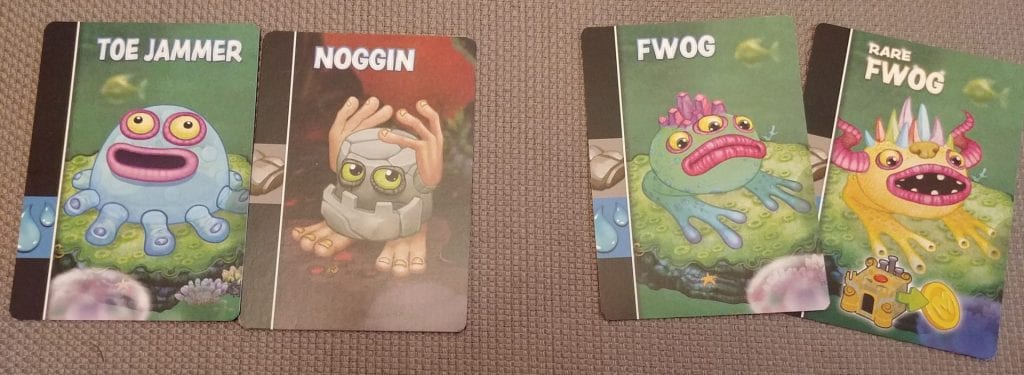
From Hot Cross Buns to Fur Elise
Maybe the above heading is a bit of an exaggeration, but the addition of islands and their mechanics is something that made the game really interesting and dramatically increases the replayability. The modularity of My Singing Monsters means a game can take as long as players have time for but also helps new players get used to increasing mechanics. Every island allows you to breed and comes with an island-specific ability. Players can use any number of islands when setting up; Plant Island being easy difficulty, Plant, cold and air island being medium in difficulty and using all five islands would be ‘hard.’
Plant Island has the nursery where elements that cannot be placed legally on your scoring card go. If players activate the island, they get access to the spoils others have left behind as long as they can legally place them on their own score card.
Cold Island introduces the decoration card mechanic. When activated, players can get/pay for a decoration card. These cards have different abilities that are activated when the other players to the left or right of you do something. Some allow players to hold more element tokens and others give you bonuses when other players score. I would have liked for these cards to have explanations in the rulebook itself. Some of the abilities were obvious and others were not.
Air Island allows players to get treats for their monsters. These treats allow players to collect an extra element from a monster they breed and place it on their scoring card.
Water island allows players to collect rest/cleft tokens. These make it so players can move their scoring card and collect different elements or cover up pesky black spaces they just can’t fill for scoring.
Finally, Earth Island gives players access to an extra board of one-time-use powers. When the island is activated, players take a diamond and must use their power by the end of the turn.
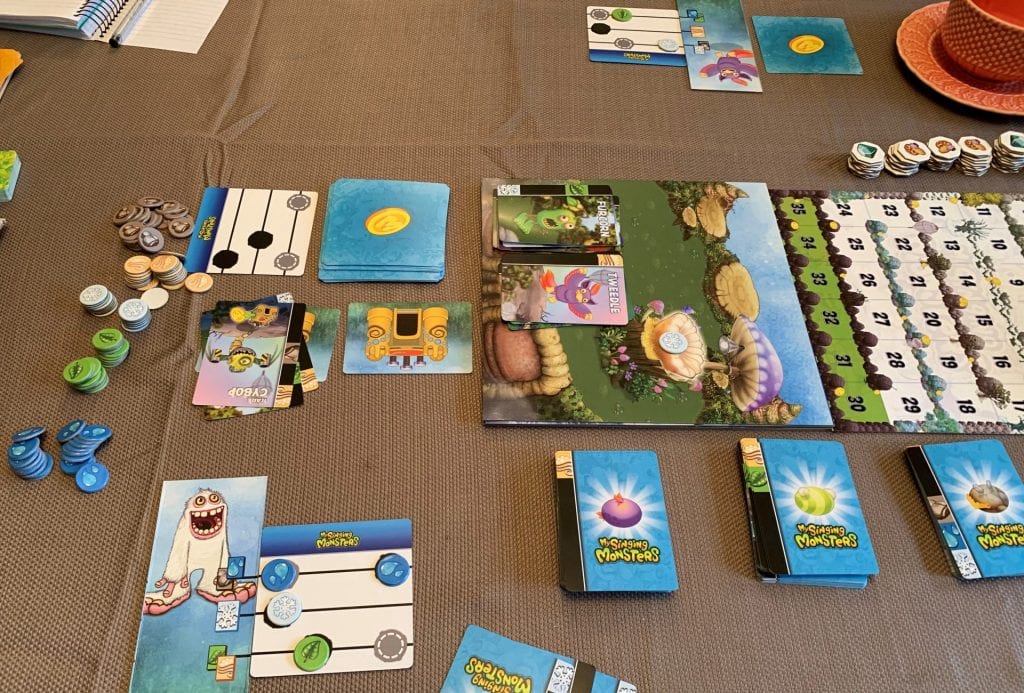
The Sound of Music
The game uses the theme of My Singing Monsters well. The game board is modular and as new boards are added, the complexity of the game increases. Each board represents an island in the mobile game where you can breed and find different monsters. I will admit to not having much experience with the mobile game, but the designers managed to capture the charm and feeling of the app. Each island has elements of the mobile game including structures used to breed monsters, treats for feeding to make everyone happy, and decorations used to make your islands unique. While there is no actual music being made, the designers managed to put in enough musical elements that it still feels loyal to the IP without isolating people who might not know anything about the mobile game.
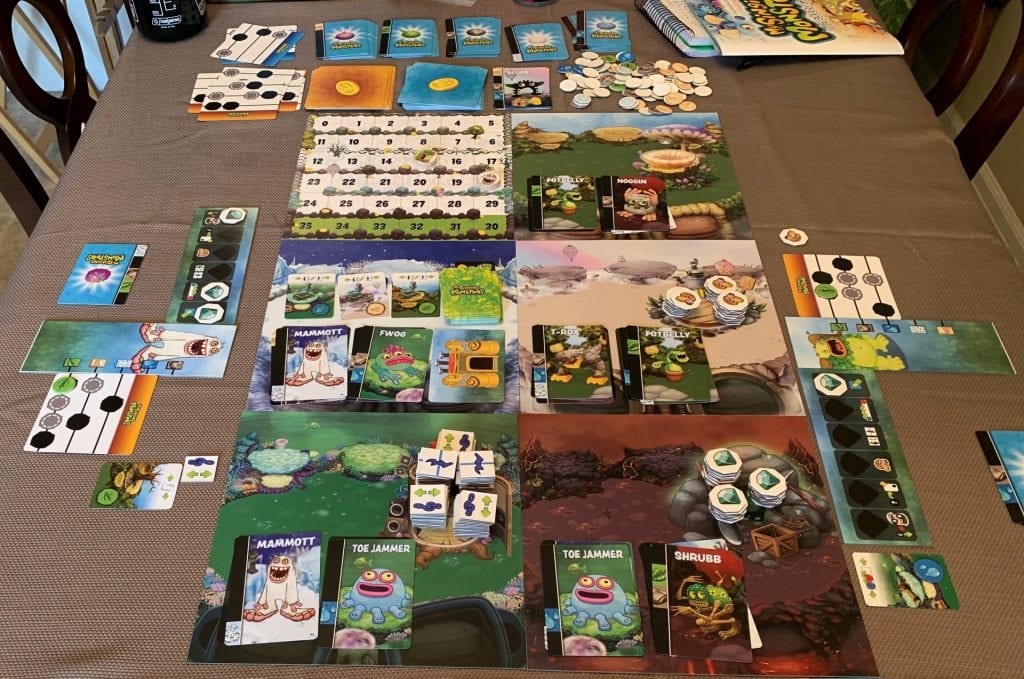
The Battle of the Bands
My Singing Monsters has been designed with families in mind, and it shows. The modularity of the boards means that players can slowly increase the complexity of the game to match the skill level of the players present. In addition, players can choose a difficulty in scoring cards as more boards are added to play. There are easy and hard scoring cards; the easy scoring cards have fewer mandatory spots to fill and the hard have more. However, the harder the card is to fill, the more points it is worth. This makes it so adults can still be challenged in the game while playing with their children, but also this mechanic is what allowed me to jump ahead of my husband in the aforementioned scenario. I chose to fill in an easy card after the completion of my last hard card, and because I had higher level monsters and resources in the nursery, I was able to score the easy card and the previous hard card to jump ahead.
I will say that once the hard cards were introduced my husband and I rarely chose to use the easy level cards. Furthermore, while most of our games were tight, I can see the potential for parents to run ahead of their children in scoring. Easy cards can score 1-3 points while hard cards are much more likely to score 2-4.
Honks and Toots
My concern over the increasing complexity of the game is a lack of player aid present in the prototype. My husband and I did need to keep the rulebook open with us to keep track of everything that we were able to do in a turn. This was also complicated by the fact that you can do any of the ‘optional’ actions in any order. Initially, it resulted in both of us talking out each action we were taking to make sure we weren’t confusing anything. As adults who play lots of board games, we got it eventually and were able to do some complex manoeuvres to bounce on each other a lot on the scoreboard. The lack of a specific order for optional actions in a turn may overwhelm some children or parents who are beginners to the hobby. I hope bringing player aid cards is seriously considered for the project as it would make for a much more even playing field for kids and adults. When you can see all of the options available to you, analysis paralysis isn’t as bad and visual aids are extremely helpful for children learning new things.
Another problem with the My Singing Monsters game is the issue of clarity. There were several times I had to go back through the rulebook to try and clarify what things did. The Earth island did not specifically say they were one time uses, it was something we inferred. The Cold island makes reference to a structure that wasn’t there. The decoration cards were not explained and we made guesses about what some of the abilities were. After talking with the representative from BIg Blue Bubble and the designers themselves, hopefully these issues of clarity plus a myriad of others will be addressed.
This minor note may not matter to some, but My Singing Monsters is a table hog. After laying out all of the cards and all six player boards it took up ¾ of our big dining room table. We were able to compress the size a little by taking some old trading card sleeve pages and making our own book (which backers will get in the real thing) but it was still big.

A Trilling Experience
My Singing Monsters is a gorgeous game. The art is cute, bright and colourful. There will be a deluxe version of the game available on Kickstarter for super fans of the game. It will include actual figures of the monster characters and some enhanced game pieces as well as an extra expansion (which I haven’t played). Overall, this is a game I would recommend. Not just to fans of the My Singing Monsters world but to families that want a game that they can play together. This game will grow with a family and is a game that I am going to bring to family events. The modularity of the island levels is perfect for replayability and for matching the skills of different players. It is simple enough for most people to understand and it is a great game for introducing your ‘casual’ family to more complex euro style board games. The scoring was great; it made the game tense and there is enough going on in the game that experienced board gamers won’t get bored. My expectations going into this game were quite low: I’m not a big fan of mobile games and the My Singing Monsters game on mobile was decidedly not for me. However, Sen and Jay did a wonderful job designing the My Singing Monsters board game and I wish Big Blue Bubble much success in their Kickstarter campaign.




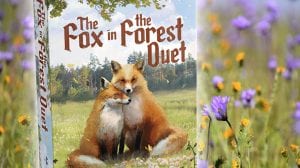

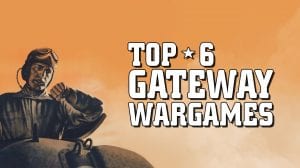




Add Comment